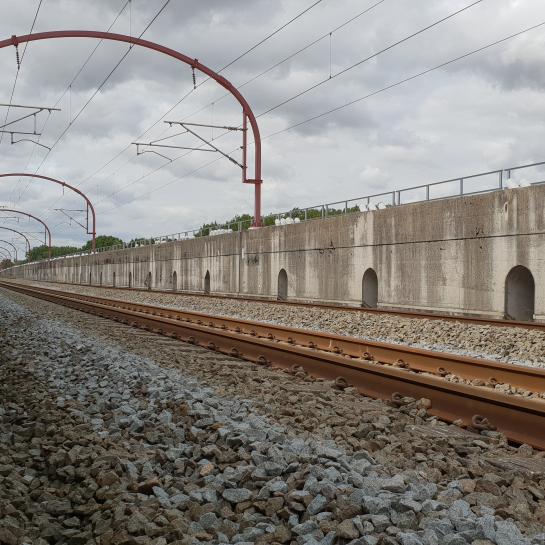
The European Union has recently granted a European patent to the "Strain-Amplifying Transducer," heralding a new era for the field of civil engineering and construction. This patent holds profound implications for both the invention itself and the industry it aims to transform.
European patents hold immense importance as they offer inventors and companies a vital means to safeguard their groundbreaking innovations and at the same time reap the benefits of their contributions within the European market. At their core, a European patent gives the owner the exclusive right to prevent others from making, using or selling the patented invention without prior permission. Next to the legal protection they also act as a powerful incentive, motivating companies to invest in research and development and therefore fueling innovation. Furthermore, European patents foster knowledge transfer and collaboration, as they disclose the technical details of the invention to the public. This transparency not only encourages further advancements but also enables licensing agreements with other parties.
The "Strain-Amplifying Transducer": A brief overview
The "Strain-Amplifying Transducer" is a pioneering mechanical transducer, equipped with an optical fiber Bragg grating (FBG) sensor. Its primary purpose is to mechanically amplify the strain experienced by civil engineering structures and apply this amplified strain to an optical fiber sensor. This technology revolutionizes structural monitoring by achieving an amplification factor of over 30.
What can the “Strain-Amplifying Transducer” mean for the industry?
For businesses and the construction industry at large, this invention ushers in a host of opportunities:
1. Enhanced precision: The "Strain-Amplifying Transducer" offers an unparalleled measurement resolution, enabling businesses to detect even the slightest structural changes, thus mitigating the risk of more significant issues.
2. Real-time monitoring: With measurement frequencies operating at the kilohertz level and above, immediate detection and analysis of structural damage are made possible, thereby improving safety and reducing downtime, leading to a competitive edge in terms of reliability and asset-owner satisfaction.
3. Cost-efficiency: The transducer can be fabricated in large amounts at low cost and allows measuring sub-ppm strains with lower-cost sensor interrogation devices that do not possess that capability without transducer.
4. Data-driven decision-making: detailed strain data can be used for data analytics, leading to more informed decisions in various areas, including structural design and health as well as resource allocation.
5. Simplified retrofitting: The technology can be conveniently retrofitted onto a large diversity of existing concrete civil engineering structures by ways of straightforward bolting, offering a cost-effective avenue for enhancing structural integrity.
In summary, the European patent not only validates the technological significance of the "Strain-Amplifying Transducer" but also endows it with enhanced market appeal. This patent grant encourages collaboration, secures intellectual property, and underpins the invention's potential to reshape the construction and civil engineering industry. Usage of this technology allows for early fault and wear detection, enhanced safety, cost savings, improved quality, and competitive advantages across various application fields.
If you are interested in this licensing opportunity to contribute to the continued progress of this innovative technology, please contact Hugo Loosvelt.
At VUB TechTransfer, we place great importance on safeguarding innovations through patents and therefore insist on the timely sharing of promising research findings with commercial potential with us before publishing them. For more details about our commitment in this regard, please visit this webpage .
